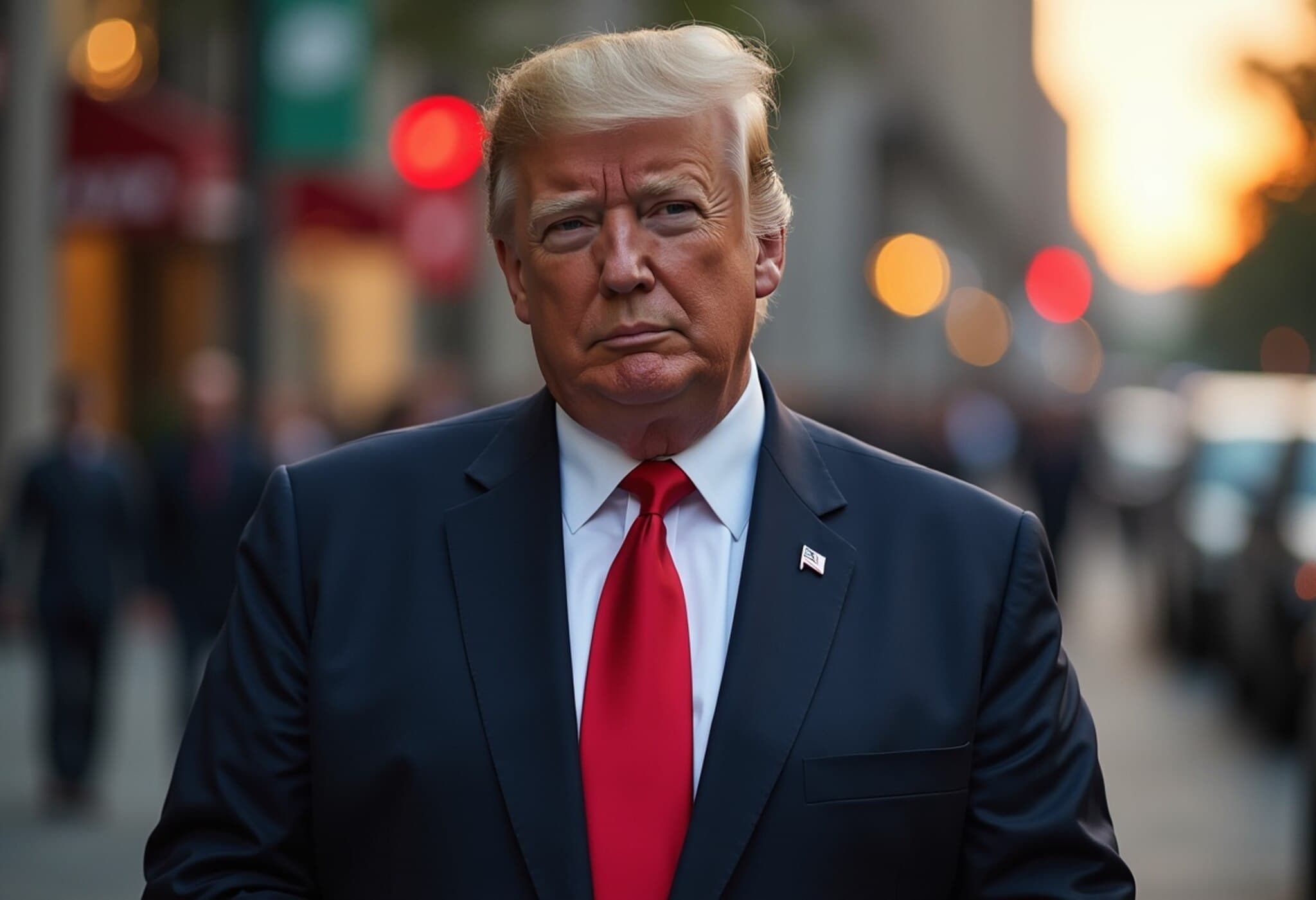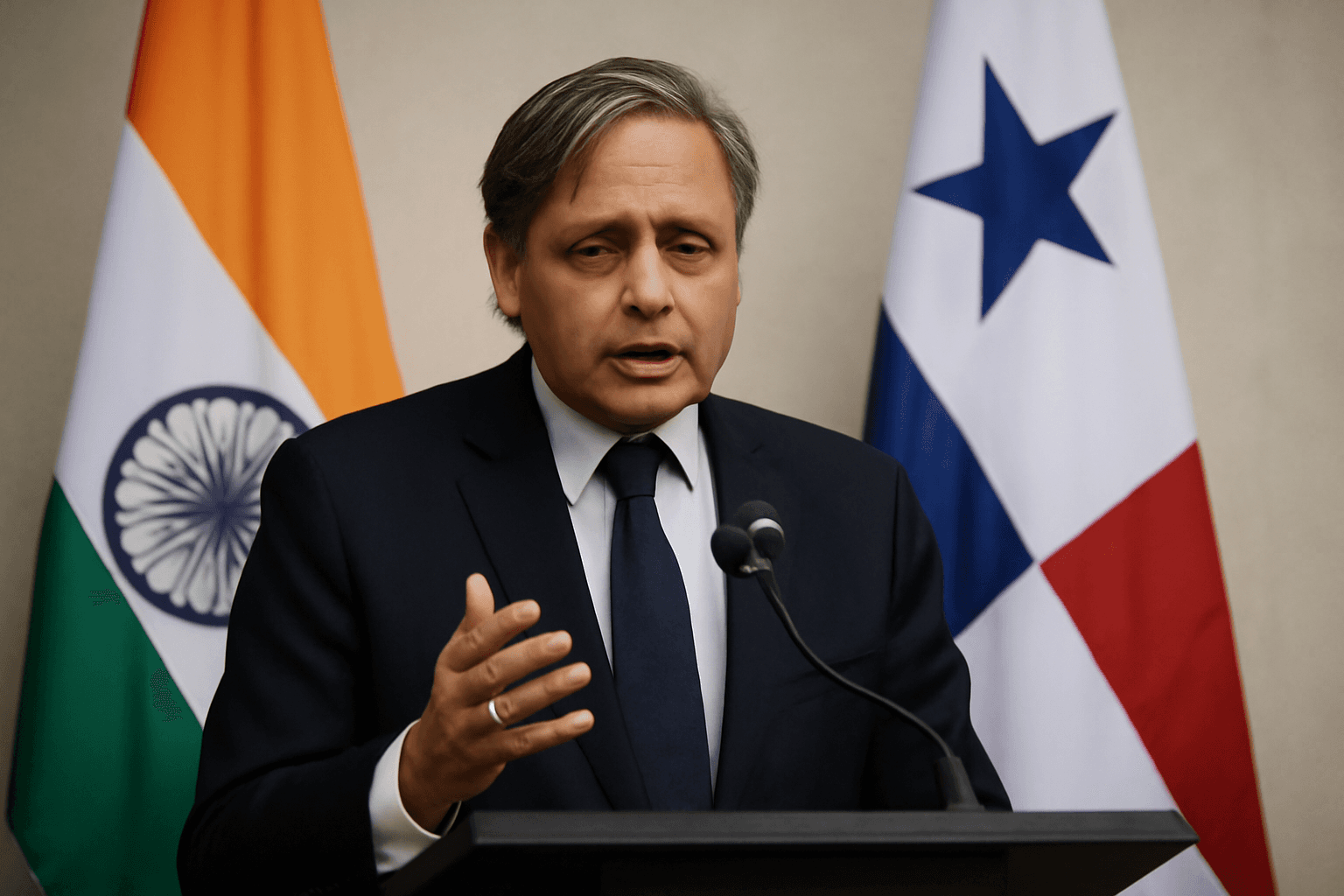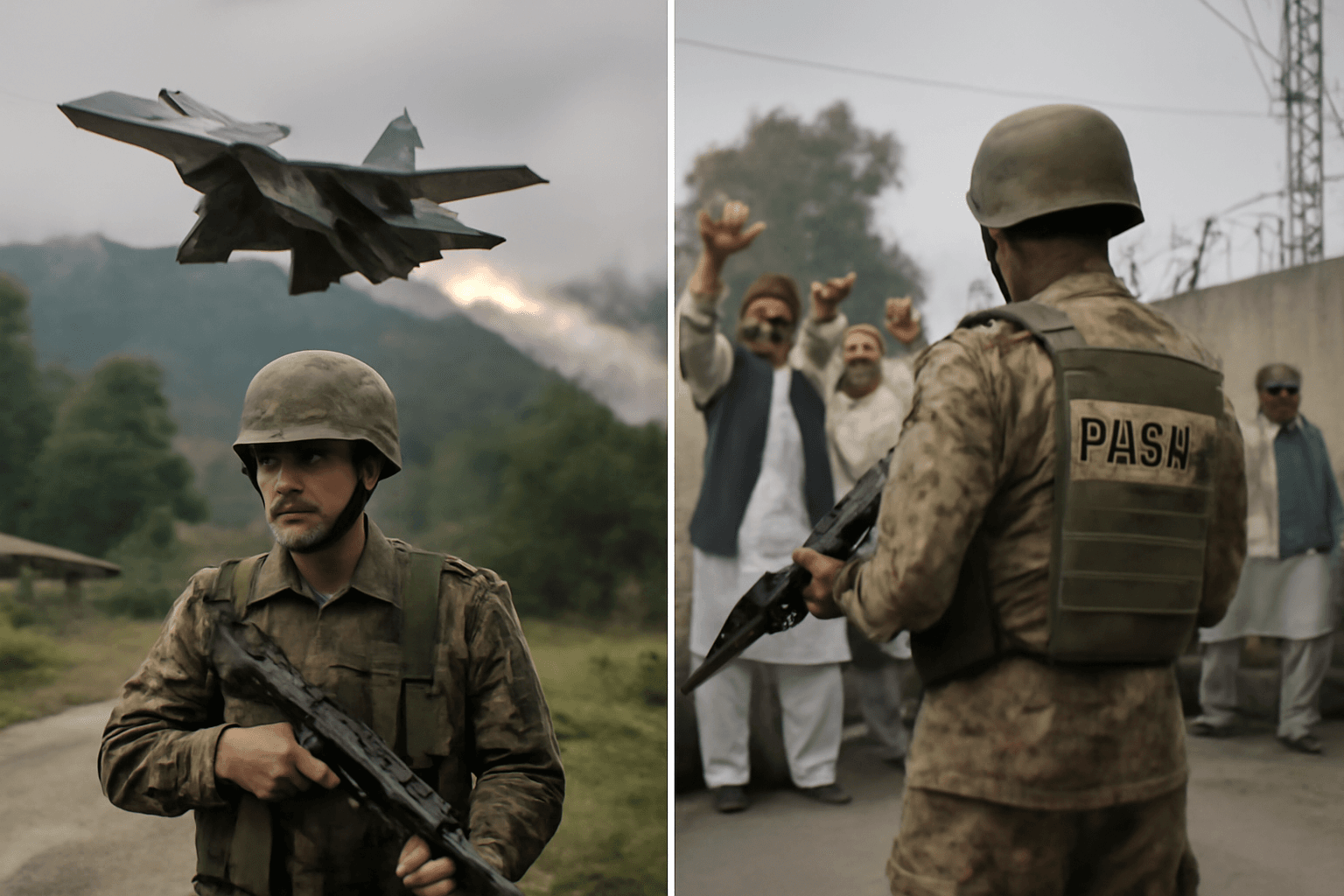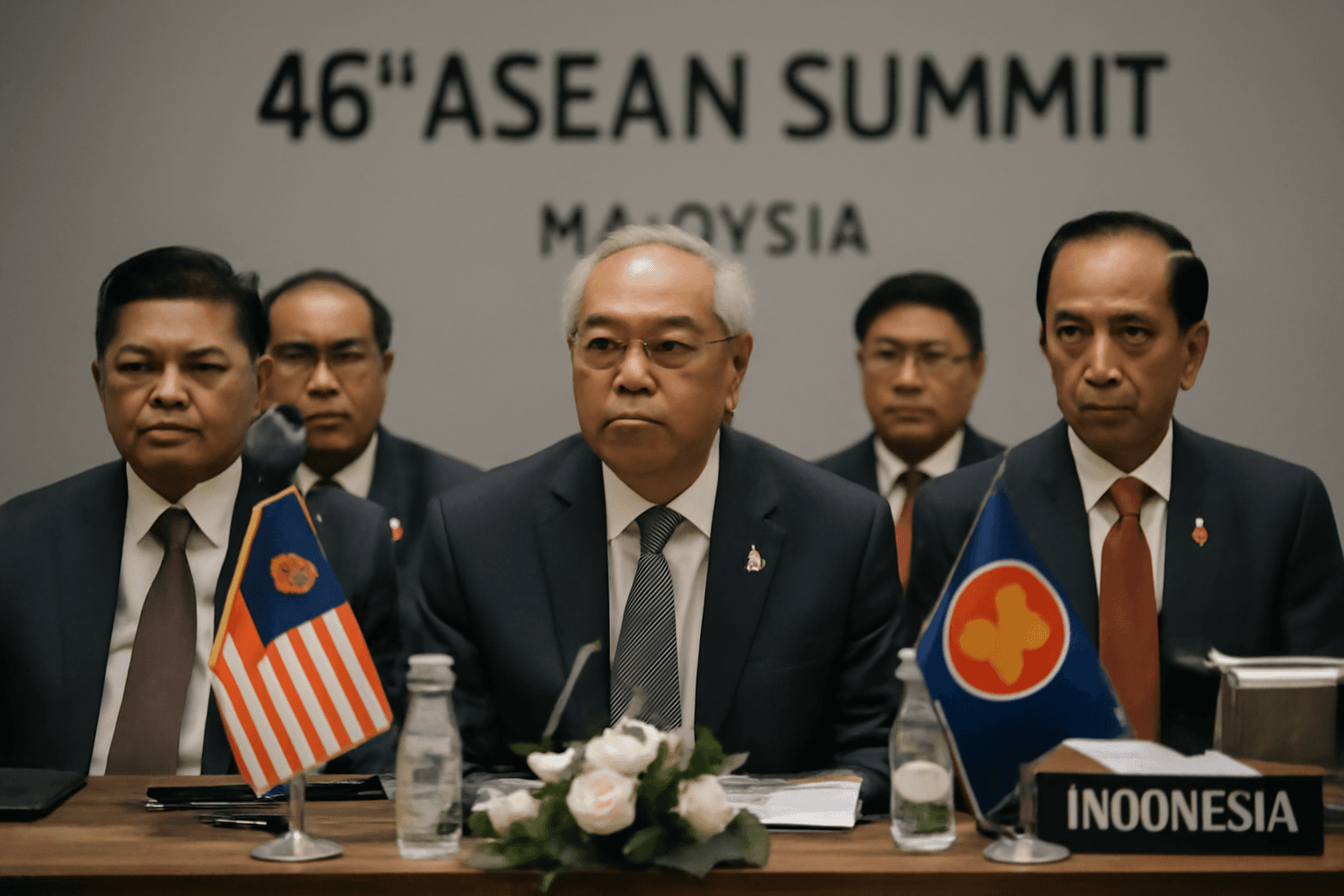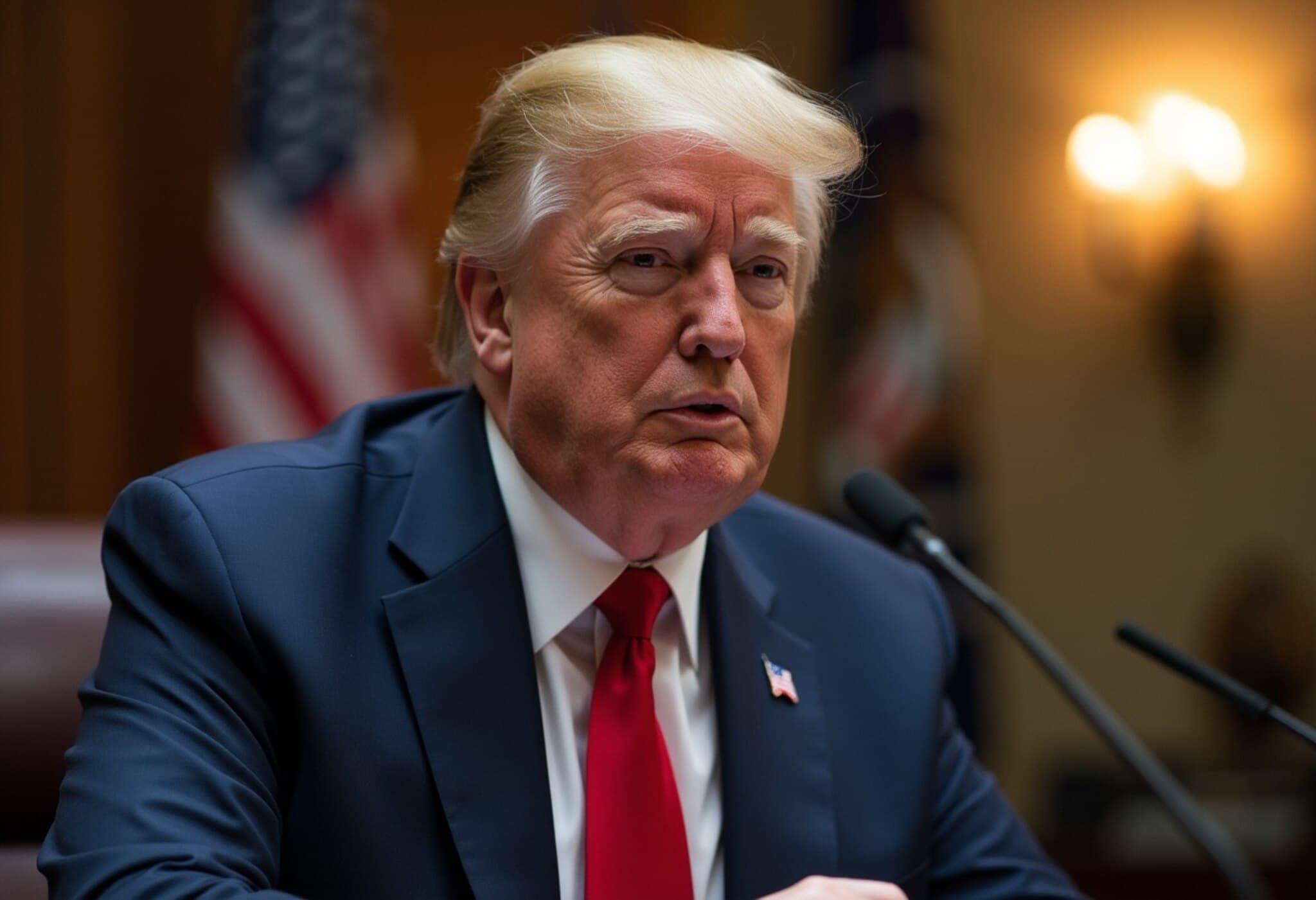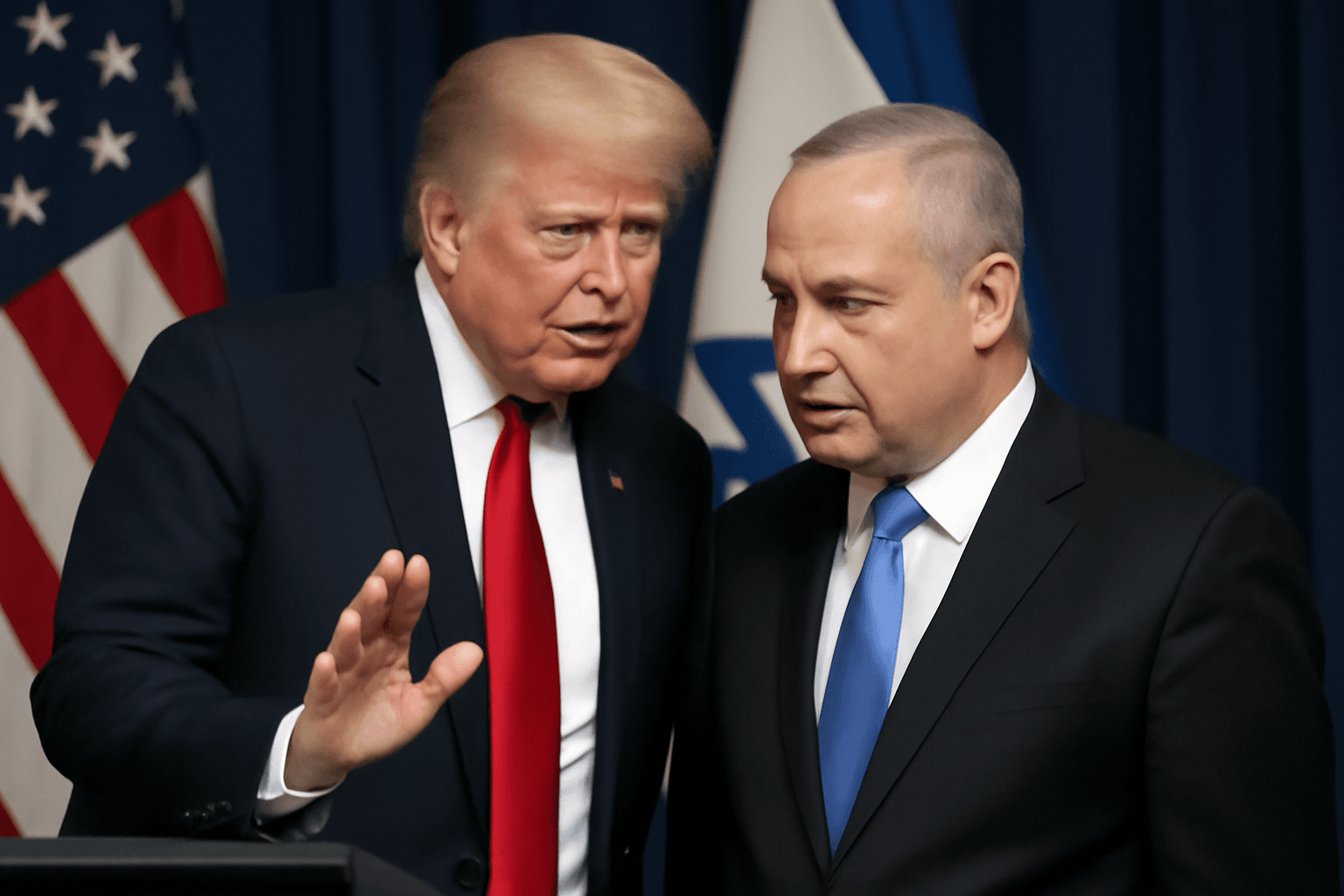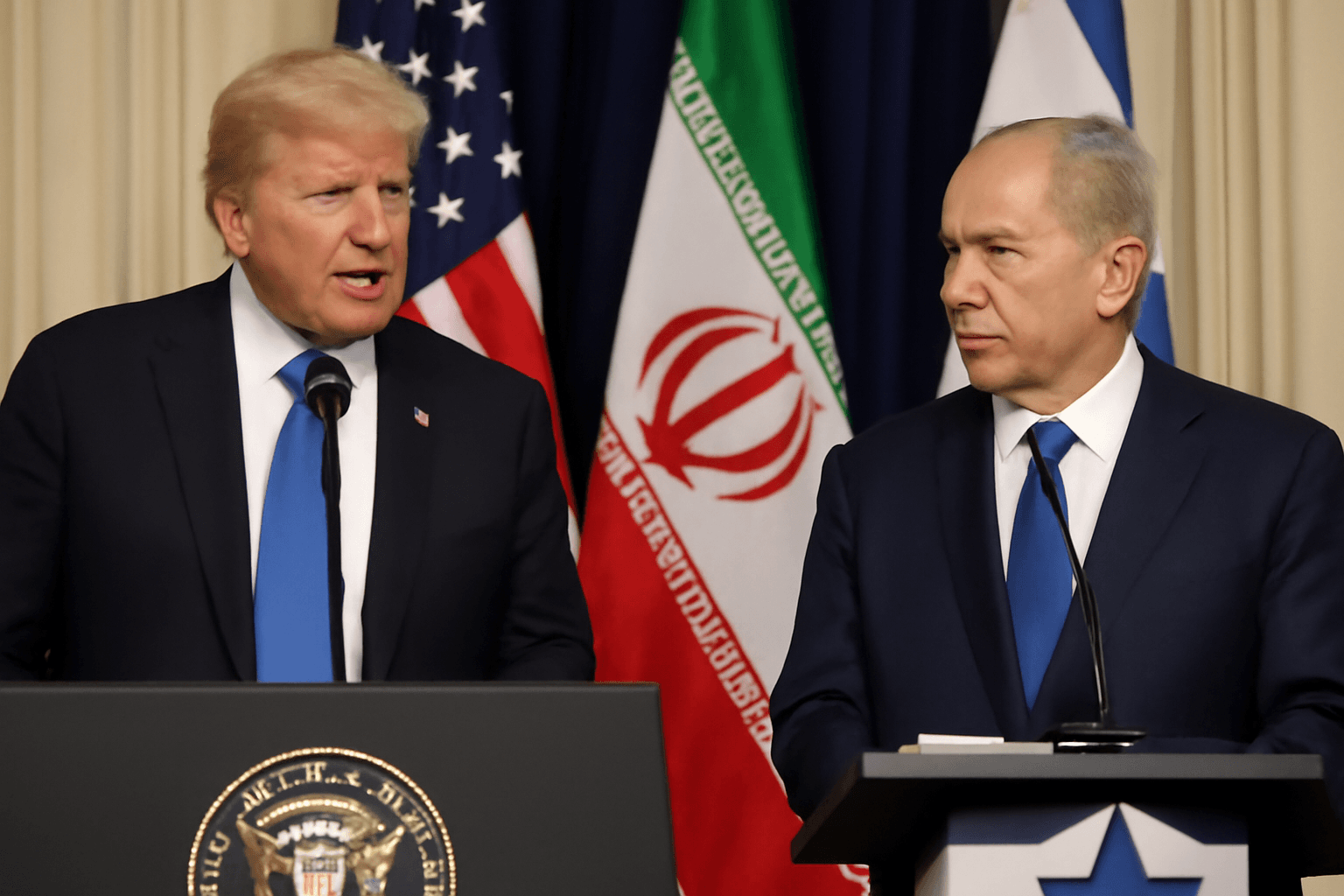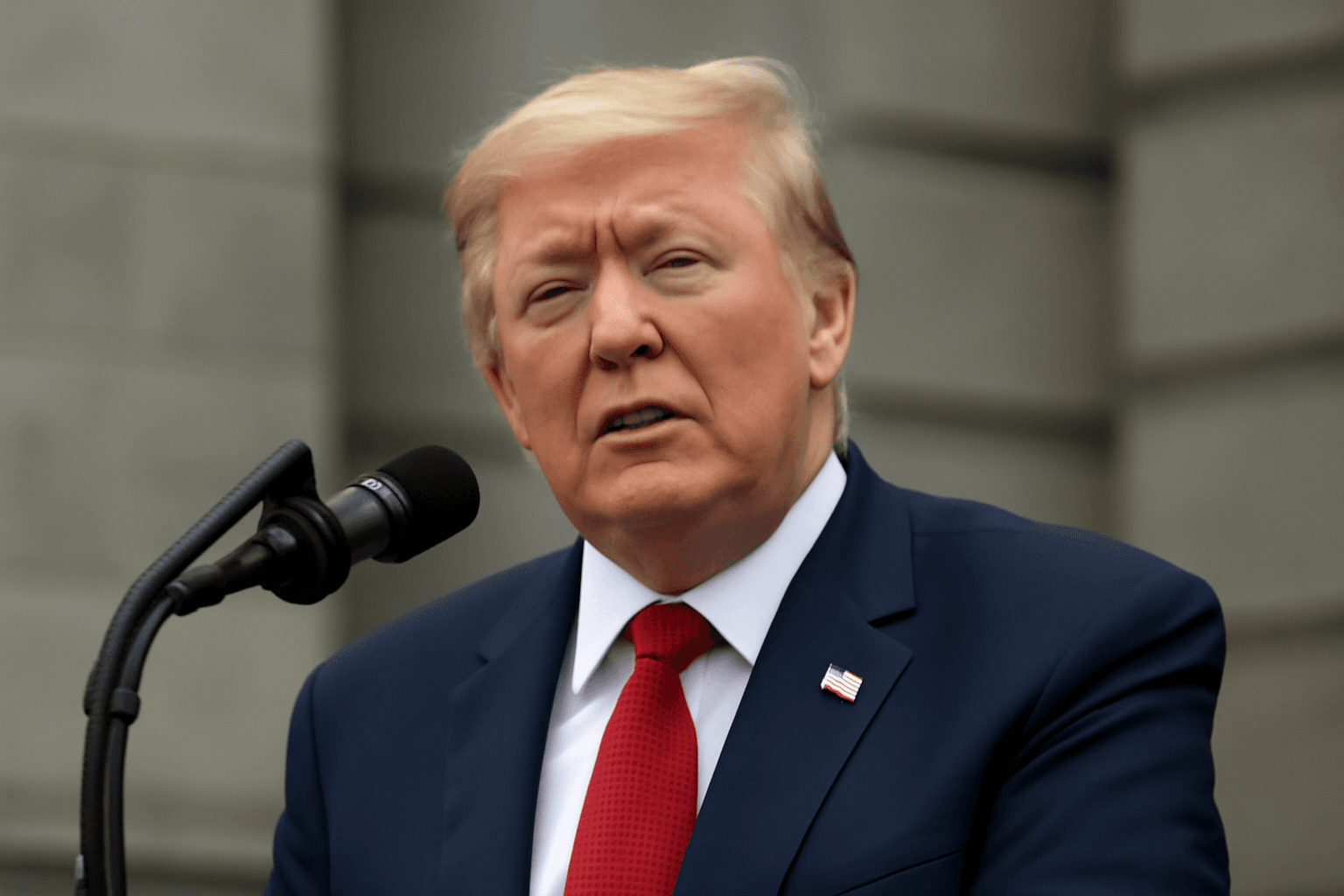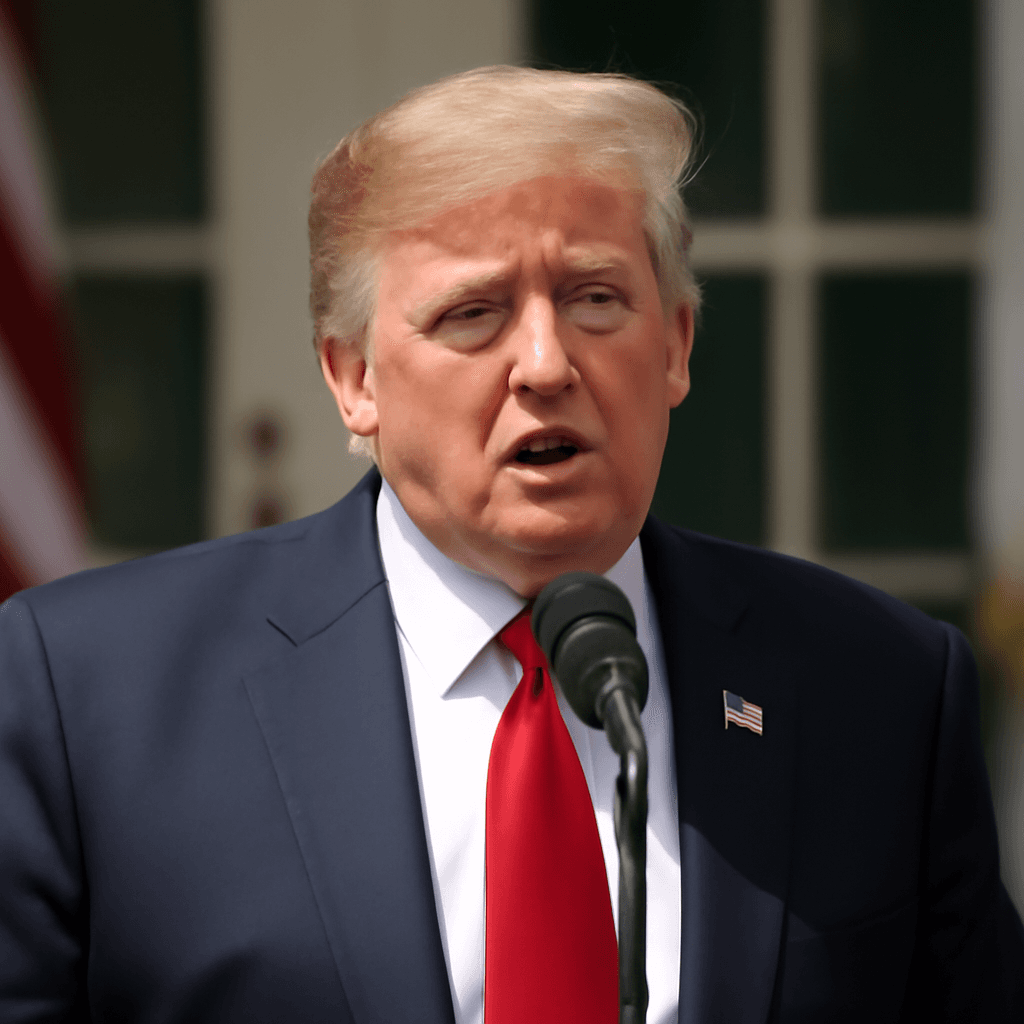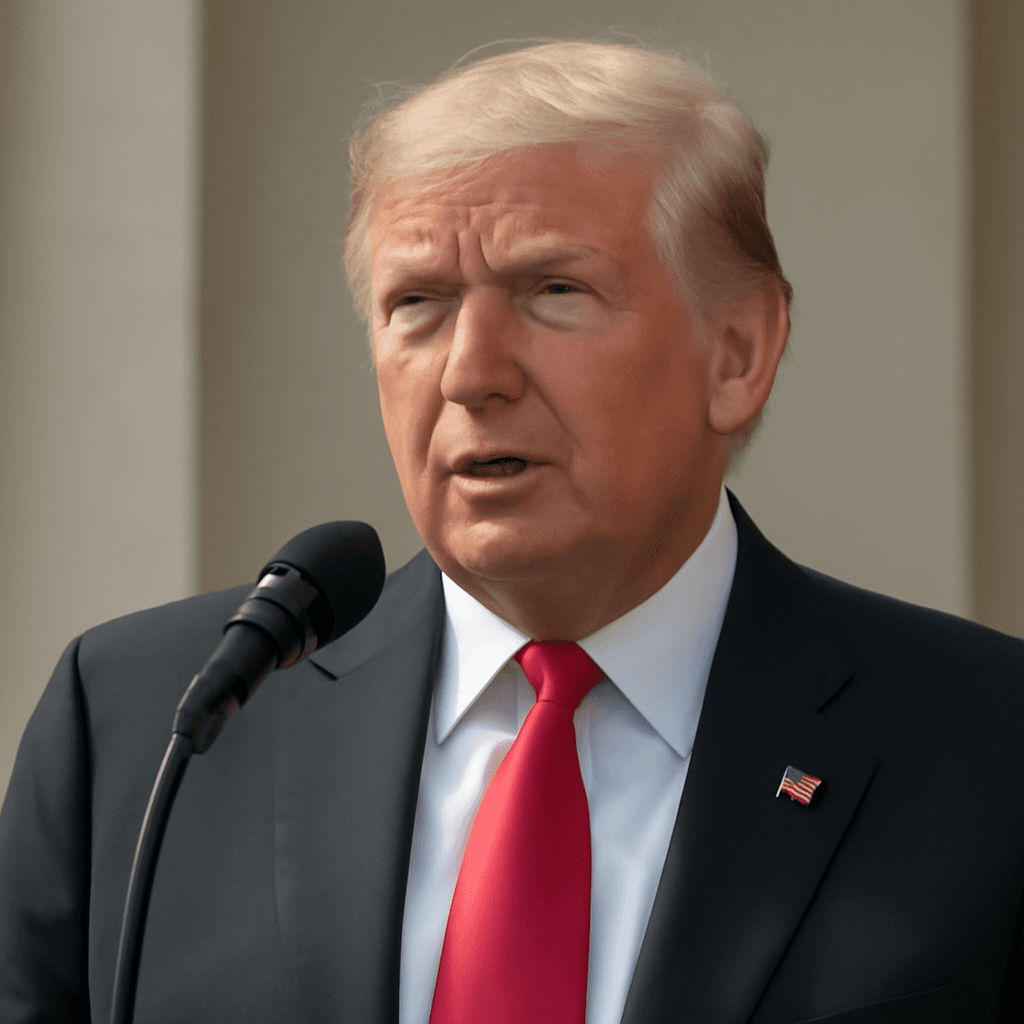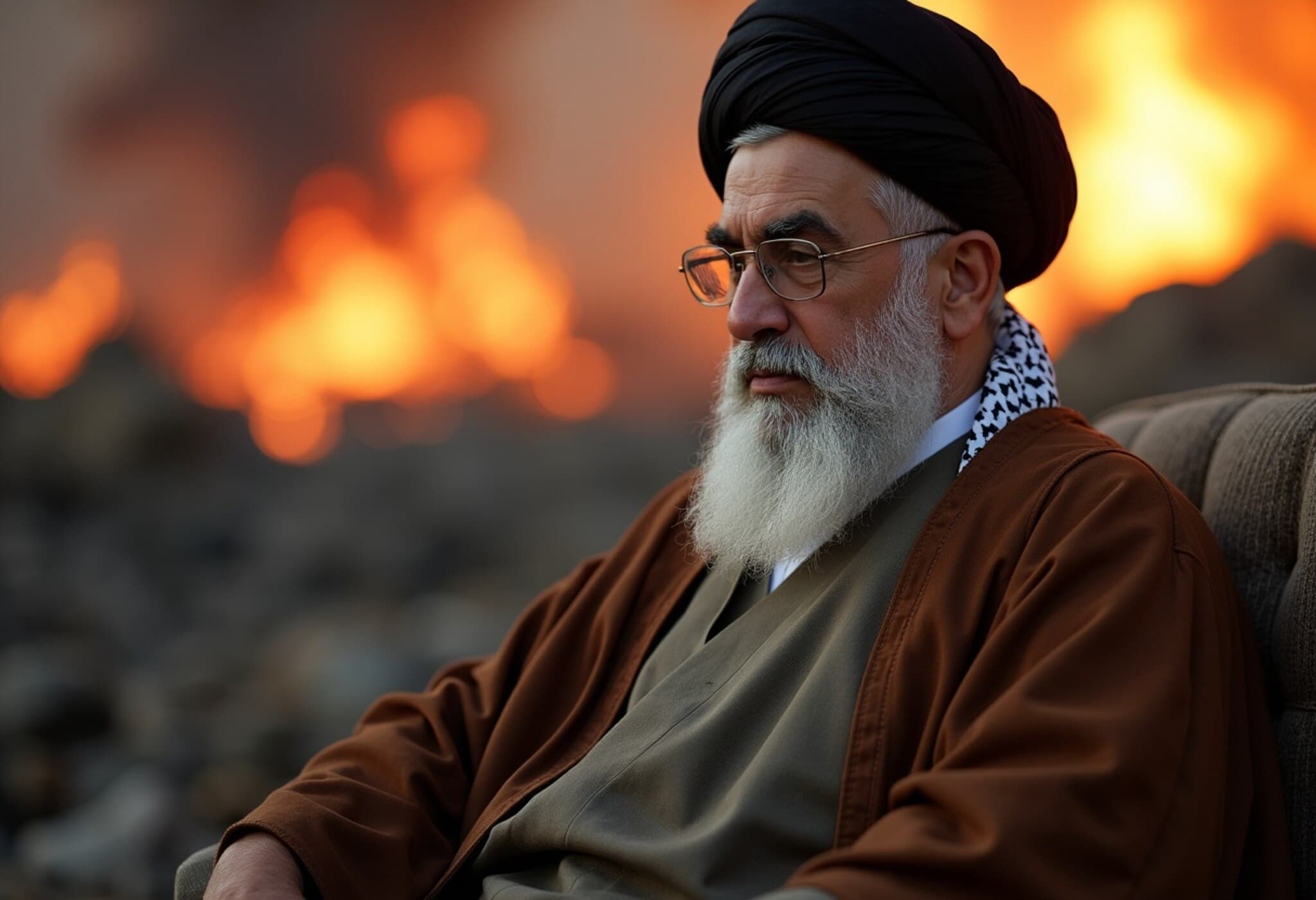From ‘Endless Wars’ Critic to Military Action Architect
In a striking departure from his earlier stance, former U.S. President Donald Trump has ordered targeted airstrikes on Iran’s nuclear facilities, signaling a dramatic pivot from his long-held anti-war rhetoric. Once celebrated as the outspoken critic of America's prolonged military engagements, Trump now finds himself central to a growing conflict steeped in years of tension—much of which ties back to his own policy decisions.
Breaking the Nuclear Deal and Rising Tensions
Back in 2018, Trump’s unilateral withdrawal from the Iran nuclear agreement—originally negotiated in 2015 with multiple global powers—marked a turning point. The deal had effectively limited Iran’s nuclear activities in exchange for economic relief. However, after the U.S. exit, Iran accelerated its uranium enrichment, edging the accord toward collapse.
Tensions further escalated in January 2020 when Trump authorized the assassination of Iranian General Qasem Soleimani, followed by controversial threats against Iran’s cultural sites—actions that dramatically intensified hostility between the two nations.
Trump’s Anti-War Statements: A Timeline of Contrasts
- 2016 Campaign: Trump vocally opposed America’s involvement in “endless, forever wars,” referencing prolonged conflicts in Iraq, Afghanistan, Syria, and Libya.
- 2019 State of the Union: He stated, “Great nations do not fight endless wars,” critiquing the military-industrial complex and bipartisan war policies.
- 2020 Presidential Bid: Trump boasted, “I’m the only president in generations who didn’t start a war,” distancing himself from his predecessors’ military engagements.
- Campaign Messaging: Emphasized deal-making over warfare, highlighting efforts toward diplomatic negotiations including outreach to North Korea and Middle East peace initiatives.
- 2024 Republican Primaries: Reinforced his non-interventionist stance to contrast challengers with more hawkish views, notably criticizing rivals for advocating military involvement.
The Turning Point: June 2025 Airstrikes
Yet, the narrative shifted abruptly on June 21, 2025, when Trump ordered precision airstrikes on Iran’s nuclear sites in Fordow, Natanz, and Isfahan. In the subsequent Oval Office address, he warned that if peace did not swiftly follow, additional targets would be struck within minutes.
He justified this harsh response by citing, “For 40 years, Iran has been saying, ‘Death to America, Death to Israel.’ This will not continue.” Trump described the strikes as “the most difficult of them all, by far, and perhaps the most lethal.”
Reevaluating the ‘Peacemaker’ Image
This sudden escalation cloaks Trump’s previous image as a peacemaker in complexity. His rhetoric and actions present a striking contradiction—once the leading voice to end America’s involvement in perpetual conflicts, now a commander enacting decisive military action.
The episode underscores the intricate dynamics of U.S. foreign policy, where rhetoric often meets unanticipated realities on the global stage.

